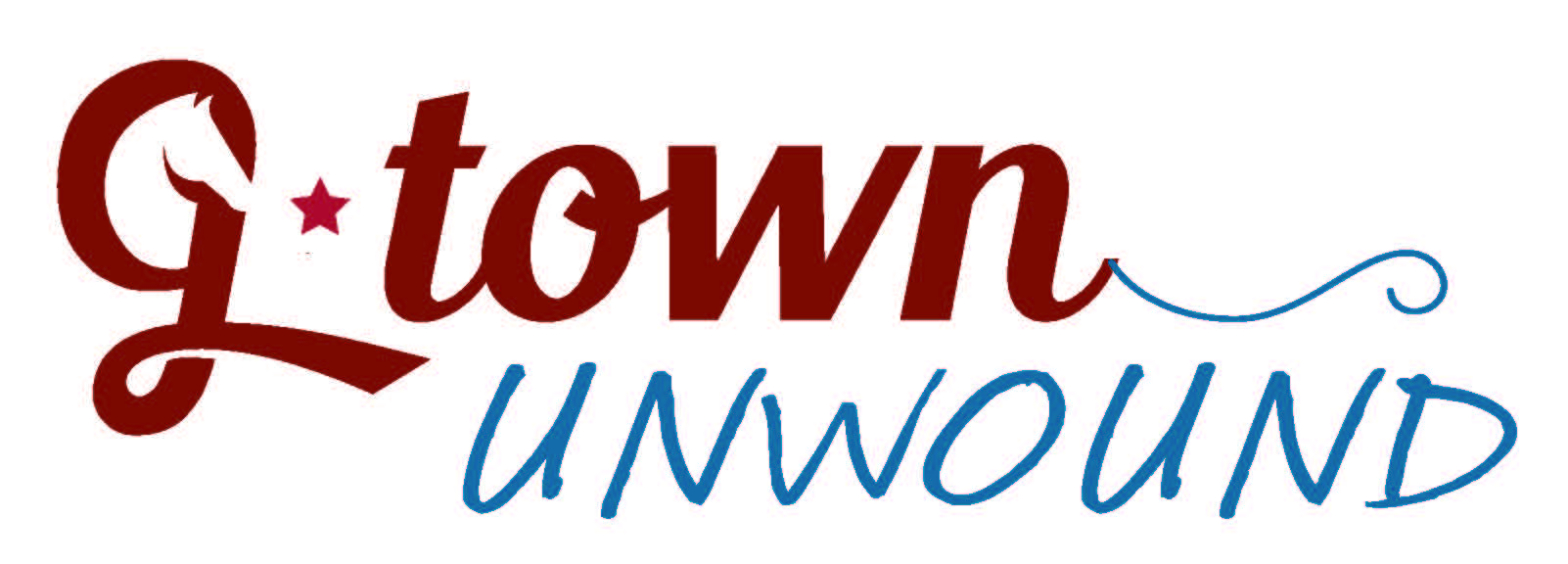
Horse 101: Breeds of Kentucky
Written by Kathy Witt
"Horses sleep standing up. They’re colorblind. They communicate through neighing and nickering, laughing and smiling."
For those of us not blessed with horse sense, these are more myth than truth. Horses do in fact lie down for the occasional deep slumber. They are able to distinguish certain colors, like blue and yellow. It’s true horses communicate through neighing and nickering, but that’s not all they do to express themselves; they also “speak” with their eyes, ears and tails. And while we wish they were laughing with and smiling at us, horses are really just smelling us to ID who we are.
There is no better place to learn about horses—their history, mystery and even mythology—than the Kentucky Horse Park, which celebrates our history with the horse through education, exhibition, engagement and competition.
But you don’t have to know a thing about horses to have a fun and memorable experience—not even whether horses’ hooves are solid (they’re not) or if they all need shoes (they don’t). At the Kentucky Horse Park, the Hall of Champions, Breeds Barn and Big Barn offer daily shows that introduce guests to some of the horses in the barns. And one of the first things you’ll learn is there are many different breeds of horses, and each has its own characteristics
Hall of Champions
Four of the six horses in the Hall of Champions are standardbreds, an American horse breed best known for its ability in harness racing. Like Mr. Muscleman—or Muscles for short—a three-time divisional winner and two-time Trotter of the Year. And Won the West, winner of multiple stakes races, including the prestigious American-National Stakes.
Also making their home here are a couple of Thoroughbred racing champs: the “people’s horse,” 2003 Kentucky Derby and Preakness Stakes, Funny Cide, who earned the nickname, “Gutsy Gelding;” and Point Given, the 2001 American Horse of the Year known for his speed, strength and stamina—and the first Thoroughbred in history to win four consecutive million-dollar races.
Visitors get to meet retired racing legends at the Hall of Champions, hear about their glory days, watch their races and learn about the breeds and their life at this working horse farm, international equestrian competition venue and educational theme park—the only facility of its kind in the world.
Breeds Barn
Nearly three dozen horses make their home at the Breeds Barn, the place to learn about breeds like the Norwegian Fjord, one of the world’s oldest and purest breeds; Tennessee Walking Horse, famous for its “rocking chair” canter; Mountain Pleasure Horse, also known as Old Kentucky Saddler, and the oldest gaited breed of horse in the United States; and the Knabstrupper. Is it a Dalmatian? A leopard? Nope. Just a breed that is believed to trace back to the prehistoric spotted horses that were native to what is now Spain.
What makes a visit to the Breeds Barn such a unique and exciting experience is learning not only about the individual breed, but also about where each breed originated from, seeing its rider in a traditional costume representative of that place and then meeting both horse and rider after the show.
Big Barn
Talk about horsepower. Meet the true workhorses here, strong and muscular residents like Collin and Jace, a Clydesdale and a Belgian Warmblood, respectively. The former is immediately recognizable for its profusely feathered lower legs, among other unique markings, and the latter, initially bred as an agricultural riding horse and now bred for dressage, show-jumping and three-day eventing, is known for its uniformity of purpose.
Collin and Jace share the space with several Percheron horses—originally bred as a war horse and today typically seen pulling hayrides and carriages—as well as a Suffolk Punch named Laura. An English breed originally developed for farm work, it gets its name from the county located in the east of England and (no offense intended to Laura) the old English word “punch,” which meant a short, stout person.
Catch the demo in the Big Barn to learn all about draft horses (whose name, translated from the Old English “dragan”—to draw or haul—describes exactly what they do), plus how they put on all the tack needed to pull with and prepare for shows. These horses also pull the park’s horse-drawn trolley tours, narrated by a guide sharing information about the park, its history and the horses.
Mounted Police Barn
Go behind the scenes at the Mounted Police Barn to learn about the “Ten-Foot Cops” and their horse partners. Mounted patrols began in France in the early eighteenth century, traveled to England to become a ceremonial and official symbol of authority and then headed across the pond to America, arriving in Boston, MA in 1870 before spreading to cities throughout the country.
The barn is open to the public, but there are no scheduled shows. Still, it’s well worth a peek within to see the horses guests might spot in the park during a visit patrolling with their officers.
Barns, Stalls and All
Every aspect of Kentucky Horse Park has an educational component to it, including the Kids Barn. While there aren’t any horses inside, kids can go from stall to stall to learn about being an equine vet, safety around horses, grooming and other topics. But it’s not all work and no horseplay. There is always time at each of these barns for asking questions, petting the horses and taking photos
Author: Kathy Witt
Kathryn Witt is an award-winning travel and lifestyle writer, syndicated columnist and author of several books, including Secret Cincinnati, The Secret of the Belles and Atlanta Georgia: A Photographic Portrait. A member of SATW, Authors Guild and the Society of Children’s Books & Illustrators, she lives in northern Kentucky.

